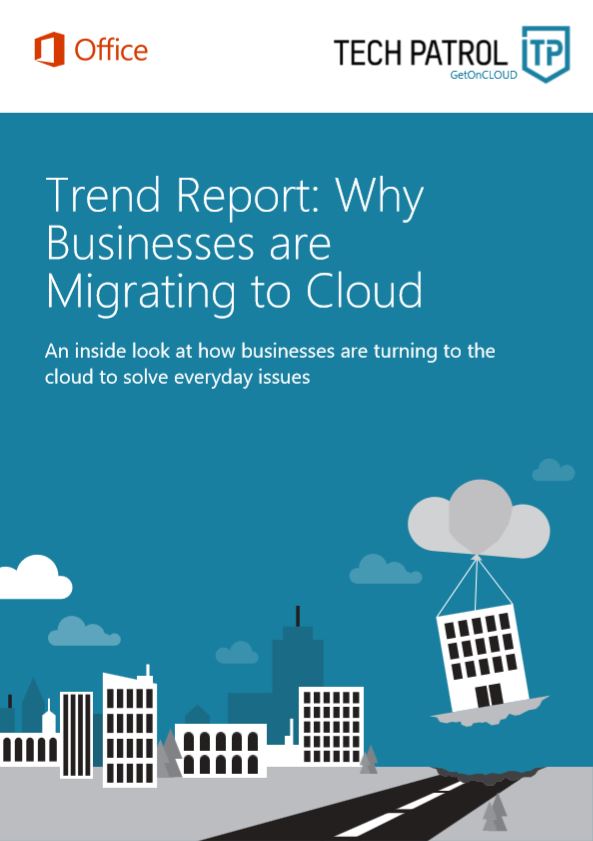Last year we saw many businesses question exactly how transformational digital transformation really is. The answer, as with all IT initiatives, depends on the scope of the ambition, the skill of the leadership, and the ultimate degree of business impact.
Over this time period, we have seen a pattern emerge. Carefully planned and targeted initiatives often have broader benefits than even the original masterminds imagined. The biggest rewards, however, grow from reimagining workflows to accommodate continuous change and establishing mechanisms that continuously measure results. Here’s how to Succeed in 2020:
%MINIFYHTML5db11f49f0785f29d316d8fa9bc4954722%%MINIFYHTML5db11f49f0785f29d316d8fa9bc4954723%
Collaborate with business leaders to assess IT services and goals
Work to ensure that the IT Department is a business partner, not an order-taker. Schedule meetings with key enterprise leaders to review the business’ IT departments value based on projects completed in 2019 and how IT can support the new year’s business goals. Put all the feedback into a strategy and rough IT plan for the following quarter, half-year, year or 3-5 years depending on your business roadmap schedule.
Aim to control disruption
Business and technology disruption trends will continue to evolve in the new year and beyond. IT has an increased responsibility and opportunity to help organisations stay ready for the future. Create a transformation management office to identify promising new transformative technologies and methods, and to administer enterprise-wide transformation initiatives.
IT departments should be proactive about issues before they happen by creating a six-to-twelve-month roadmap. A simple way to create a plan is to look at future ideas using a weighting system to determine which initiatives to prioritise.
Centralise data analytics
IT departments have long been responsible for data collection, storage, and management. Data analysis, meanwhile, is usually handled within individual business units. Yet as more enterprises begin understanding data analytics’ strategic importance, and as analytics are increasingly performed on a much larger scale and in real-time, there’s an emerging trend toward moving to a more centralized data analytics approach.
Successful analytics requires IT engineers and data scientists to work closely with each other and with business units to develop solutions and generate useful insights.

Stay on top of security
The start of a new year is a good time to evaluate enterprise security and IT’s role in protecting systems and data. Take time to move from firefighting mode, and work with your team to think about the big picture. Research shows that security topics are still relevant today because IT teams are unable to take the time to get those basics in place.
Create space for security experts within the IT team, particularly if a dedicated security team isn’t available. Security breaches have become commonplace, and customers and business partners want to know their data is fully protected.
Given the seriousness of the threat, security risk management should be integral to all business and IT decisions in 2020. Understanding your risk tolerance levels, and how that informs your team’s strategy will help your organisation in the long run in terms of investments and assurance to your clients.
Reach out to external customers
As 2020 kicks off, IT leaders should devote time to addressing the needs of their enterprise’s external customers, challenging their teams to assess how well they’re supporting business leaders on meeting product and/or service priorities.
Building empowered, cross-functional teams focused on delivering value to customers is the most effective way to improve the organisation’s ability to deliver value to customers. To create these teams, you must annihilate the barrier between business and IT. Look for ways to create digital products or services that help improve customer experiences.
IT organizations need to move away from their service provider roots to become an active participant in creating and enhancing business value. As we head into 2020, it’s not enough for IT departments to keep the lights on and the organization safe.
If you are thinking of Implementing Modern Applications such as Microsoft Teams. Fill out the form below and get a free Demo:

















Share your thoughts in the Comments section: